QuestionHi Nicole,
I am having a problem with the nitrite level in my aquarium. It is a pretty new 55 gal set up. After I got my first few fish I noticed ick so I treated with those fizzy tablets from wal-mart. I assume that destroyed the needed bacteria because now the nitrites are dangerously high (10.0). I have been doing 25% water changes for the last week and have noticed no change in the nitrite level. How long before I should see results. Should I stop feeding for a while, change more water...? I have a heater and a filter that hangs over the back of the aquarium. I have 2 albino barbs, 3 tiger barbs, 3 danios, 2 guaromies, 2 angles and a blue lobster.
Thanks!
AnswerHi Jill,
Sorry not to get back to you sooner, I've been feeling a bit ill.
These nitrites are indeed very high. You need to do daily water changes to offset this. If you switch to Prime, by Seachem, as your dechlorinator, you can double dose it to detoxify any ammonia that may be present. This is not going to be the same as having a cycled tank to put your fish in, but it's going to be a form of damage control.
Ich is not life threatening if you catch it in time. I don't have any experience with the Walmart fizzy tablets, but I know they are Jungle brand, and this really doesn't have too great of a reputation in the hobby. The nickname "Junkle" is probably well-deserved. Mardel labs has a line called Maracyn, there is also Maracyn Two. These two medicines are very effective when used together and can treat multiple symptoms, for example fungus and finrot which you often see together. Look for that medicine and ditch the fizzy tabs. You'll have to go to a pet store or local fish store to find the Mardel labs medications.
If by the time you read this your fish are still exhibiting signs of ich, perform a 50% water change, put a fresh cartridge in the filter (or add some activated carbon if this is a canister filter) and switch to treating with heat and salt. Slowly raise the temperature to 84 degrees, by slowly I mean about 1 degree per hour. You're going to need some extra aeration since water this warm is low in dissolved oxygen, so a powerhead or an airstone should be employed. You could also lower the water level so the filter makes more splash.
Keep the water this warm for two weeks. By one week the ich should be gone, but I would err on the side of caution. If you routinely add salt to the tank, make sure you have 1 tablespoon per 5 gallons in the aquarium, this helps a bit with the ich and helps considerably with nitrite poisoning. Once the ich is eradicated and the nitrites are 0 ppm there is no need to add salt any longer. Make sure you don't add the salt directly to the tank, but rather dissolve it in warm water and add the briny solution to the aquarium - this prevents salt burns.
I don't know much about crayfish or lobsters, except that they tend to eat live fish, and can become adept hunters especially if not provided their own foods. Crayfish and lobsters do not get ich but can be vectors of the disease. Medications that are not labeled "safe for invertebrates" will be harmful to them. I also know crayfish are particularly sensitive to chlorine and chloramine, and most especially copper, so a dechlorinator such as Prime is highly recommended. Do be sure to research their needs using Google - there is quite a bit of information out there. Crayfish and lobster care is interchangeable.
Not sure what kind of gouramis you have, but do know that dwarf gouramis are particularly sickly. The quality of the run of the mill Asian fish farm stock is low, the dwarf gourami iridovirus (which only effects dwarf gouramis, Colisa lalia) is particularly problematic. Look up "dwarf gourami disease" for more information on this.
So in a nutshell, here is my advice. Treat the ich with heat and salt and not medication, this will allow you to easily change 25% of the water daily, which you should be doing (preferably, in conjucntion with adding a double dose of Prime or using some kind of ammonia neutralizer such as Amquel) in order to dilute the toxins from the water. Your tank will probably not be stable for another couple of weeks yet, so you are going to have to be especially vigilant. Research all new inhabitants carefully and don't lock yourself into the "inch per gallon" mentality, as this is not a very helpful measure. Tiger barbs and angelfish might not work out as they are notoriously nippish, thankfully you have them in a school which minimizes their tendency to nip. Keep changing as much water as often as you can, and don't add any potions into the water such as pH up or down (not now, not ever!) and don't waste your time with dry, off the shelf bacteria starters. Refrigerated BioSpira by Marineland is expensive, but it works, so if you are anxious to re-establish your cycle and don't mind spending the money, by all means get yourself some refrigerated bacteria product. Just don't waste your time and money with anything else, since it simply doesn't work!
Since I sense you are new to fishkeeping, I highly recommend you go to your local public library and raid their section on freshwater aquariums. A book is really the best way to learn because the information is usually correct (fact checked for accuracy by the editorial staff) and time-tested. There is TONS of information online, and some excellent websites...I'll list a few of them below:
http://www.firsttankguide.net
http://freshaquarium.about.com
And these are a bit more advanced but just as good, if not better:
http://www.wetwebmedia.com
http://fish.mongabay.com/
http://badmanstropicalfish.com
Good luck to you!
Nicole

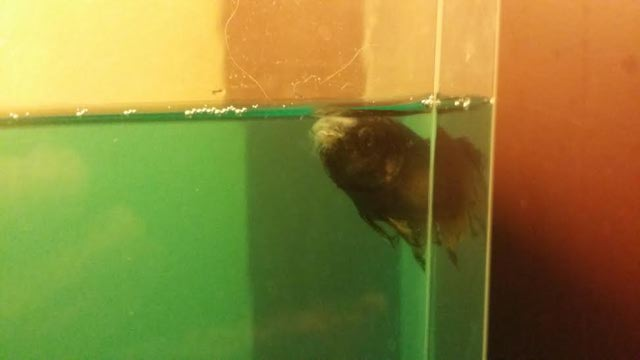 Betta with Mouth Fungus?
Question
Sick?
Hi I have a male betta with mouth
Betta with Mouth Fungus?
Question
Sick?
Hi I have a male betta with mouth
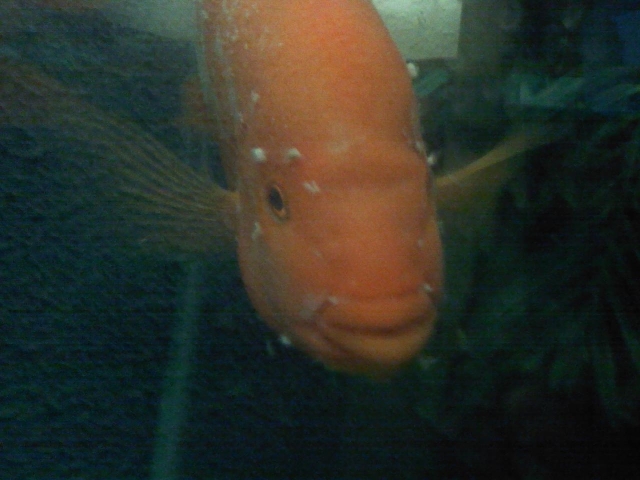 Sick Fish Lucy
QuestionLucy - Red Devil
QUESTION: Hi Nathan,
H
Sick Fish Lucy
QuestionLucy - Red Devil
QUESTION: Hi Nathan,
H
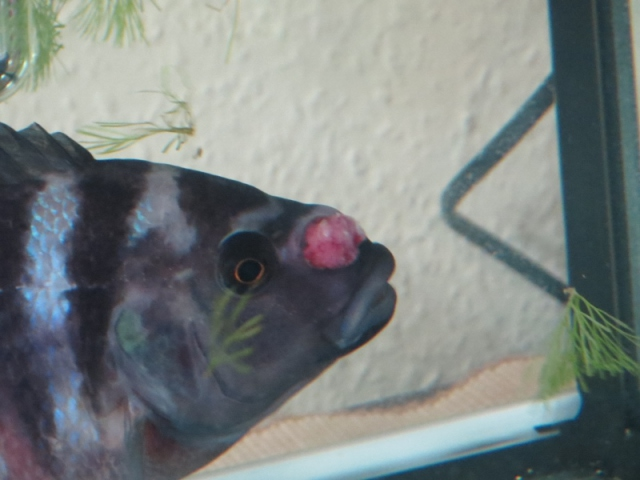 Bumblebee - Ulcer?
Question
Growth? Growth?
Hi Richard,
I hav
Bumblebee - Ulcer?
Question
Growth? Growth?
Hi Richard,
I hav
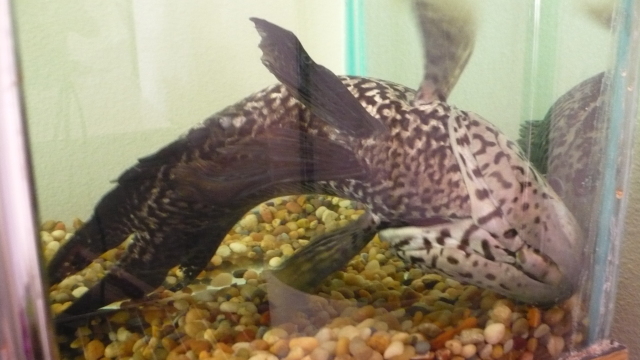 Swim Bladder Problem
Question
Buttnippers Problem
I have an 8 yr old Manguan
Swim Bladder Problem
Question
Buttnippers Problem
I have an 8 yr old Manguan
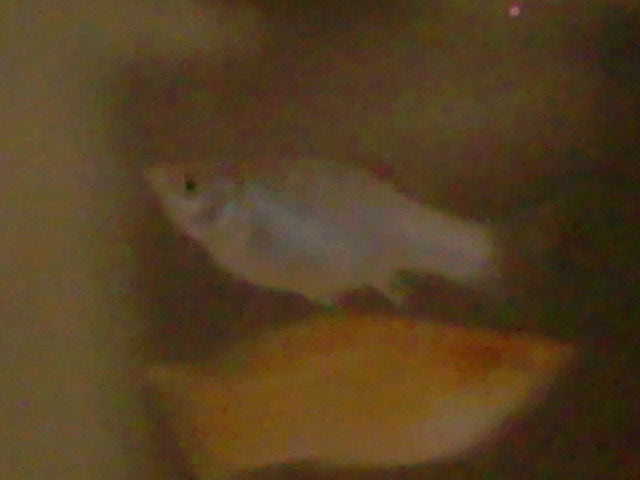 is my silver molly pregnant
Question
QUESTION: i got another silver
is my silver molly pregnant
Question
QUESTION: i got another silver